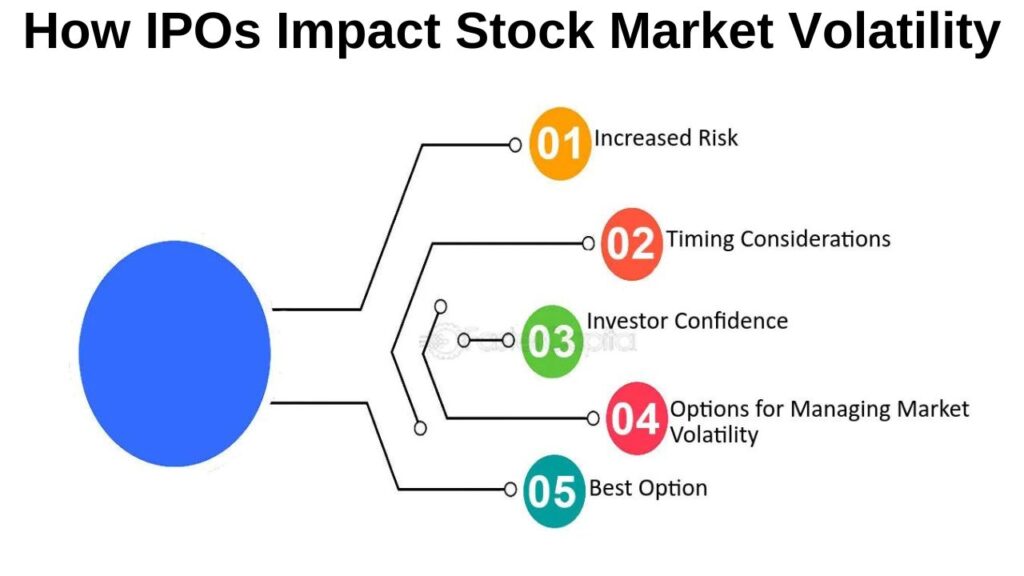Investor Perspectives on Book-Building IPOs
- Retail vs. Institutional Investors: In the book-building process, institutional investors play a significant role in price discovery due to their ability to invest large sums, offering insights into demand. Retail investors typically participate after the price is set, benefiting from the expertise of institutional bidders.
- Post-IPO Performance: Investors closely monitor how shares perform post-listing. The accuracy of the book-building process in setting a fair price can significantly impact the stock’s performance. Overpricing or underpricing during the IPO phase can affect investor confidence and market sentiment.
Legal and Regulatory Considerations
- Regulatory Environment: Book-building IPOs are subject to regulatory oversight, which varies across jurisdictions. In some markets, there are strict guidelines to ensure that the process remains transparent and fair, protecting investors from price manipulation or unfair practices.
- Compliance: Ensuring the IPO process adheres to local laws and regulations is crucial. Regulatory bodies typically require issuers to provide full disclosure about the company’s financials and future prospects to allow for informed decision-making by investors.
Trends in Book-Building IPOs
- Technological Influence: The rise of artificial intelligence (AI) and data analytics is transforming how companies and investors approach the book-building process. These technologies enable more accurate demand forecasting and can streamline investor engagement.
- Market Sentiment: Recent trends highlight the growing interest in tech-driven companies. Investors are also strategically utilizing platforms like X (formerly Twitter) to follow market trends, engage in discussions, and track IPO performance, influencing their decision-making in book-building IPOs.
Conclusion
- Summary: Book-building IPOs are known for their dynamic pricing mechanism, which allows issuers to gauge demand and set a market-driven price. While it offers advantages like price transparency and flexibility, challenges such as mispricing risks remain.
- Future Outlook: As technological advancements continue and regulatory environments evolve, the book-building process may become more efficient. With the growing adoption of AI and data-driven strategies, the future of IPO pricing is likely to see significant shifts, offering both opportunities and challenges for issuers and investors alike.
Call to Action
Share your experiences with book-building IPOs in the comments below. Follow us on financial platforms like X for real-time insights into the latest IPO markets and trends.
Why Companies Opt for FPO After an IPO: A Strategic Overview
1. Introduction In the world of public markets, Initial Public Offerings (IPOs) and Follow-on Public…
The Ultimate Guide to Understanding IPO vs. FPO: Differences, Benefits, and Risks
1. Introduction to the World of Public Offerings Capital markets thrive on the flow of…
How Book-Building IPOs Work: A Comprehensive Guide
Investor Perspectives on Book-Building IPOs Retail vs. Institutional Investors: In the book-building process, institutional investors…
Understanding Fixed Price IPOs: A Comprehensive Guide
Introduction: What is a Fixed Price IPO? A Fixed Price Initial Public Offering (IPO) is…
Mastering IPO Terminology: A Comprehensive Guide for Investors
Introduction Navigating the world of Initial Public Offerings (IPOs) can be daunting, especially with the…
How IPOs Impact Stock Market Volatility
Introduction: The financial markets are a complex ecosystem, where Initial Public Offerings (IPOs) play a…






